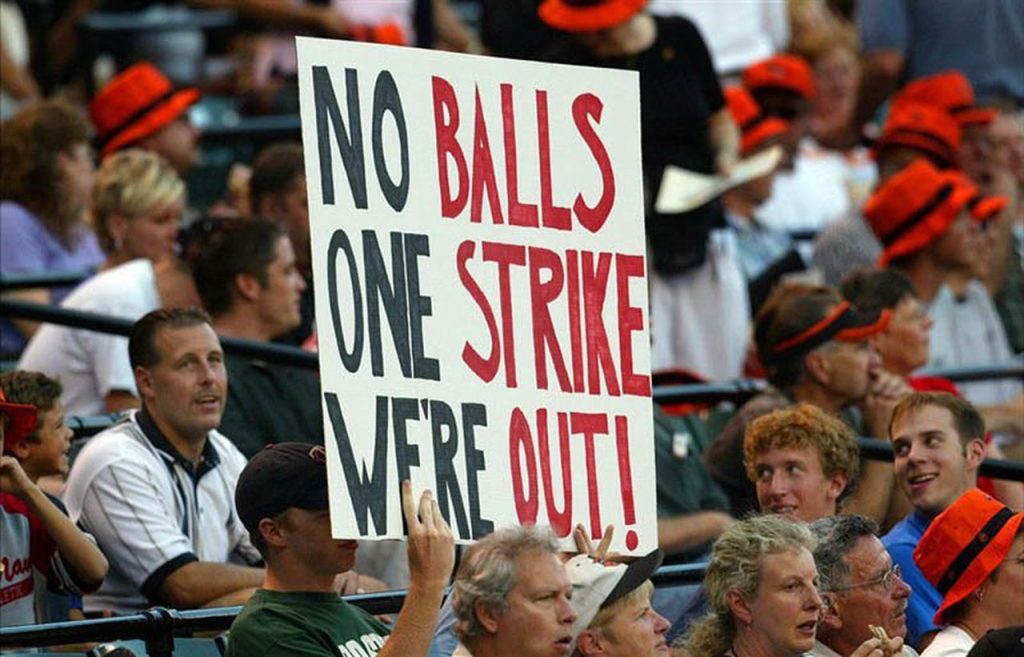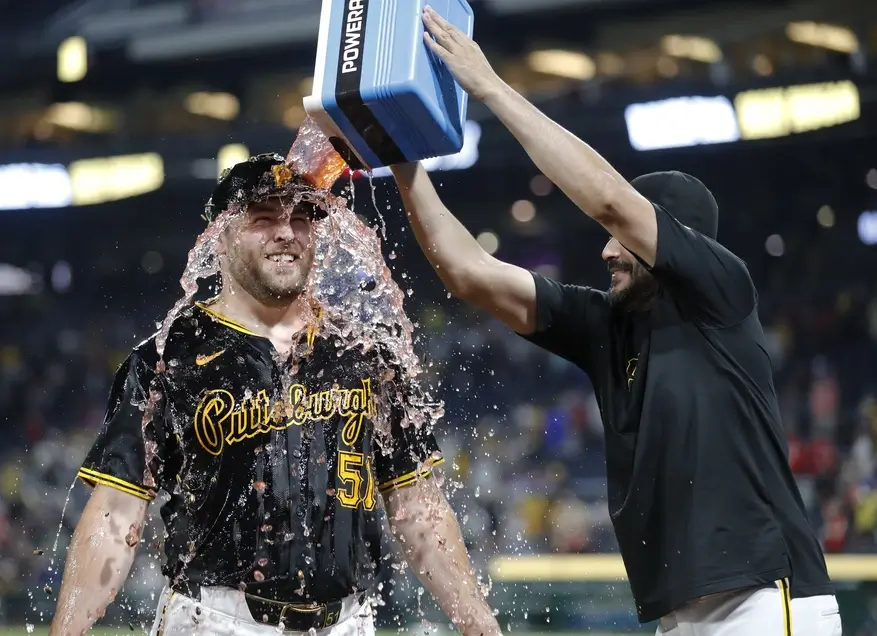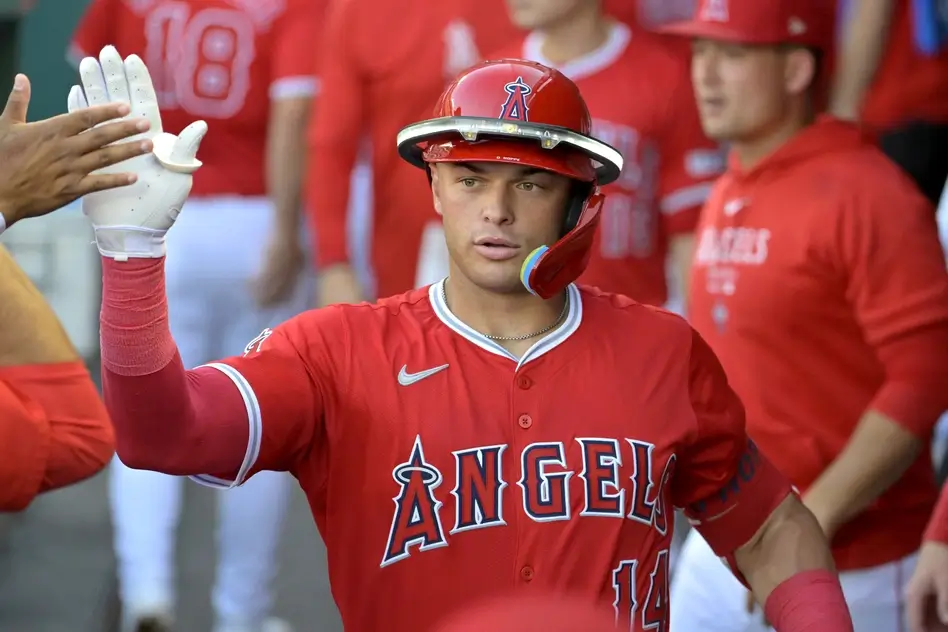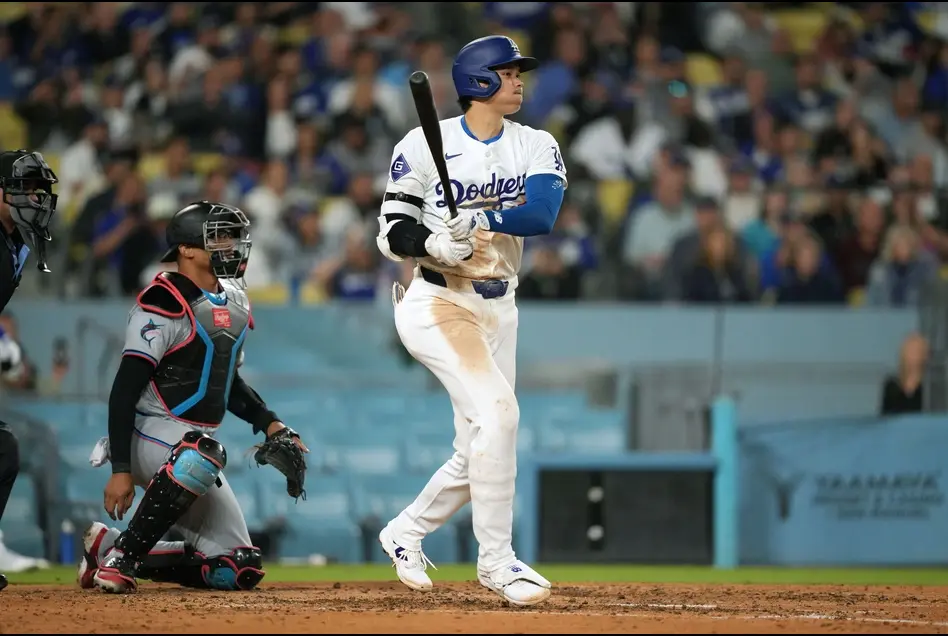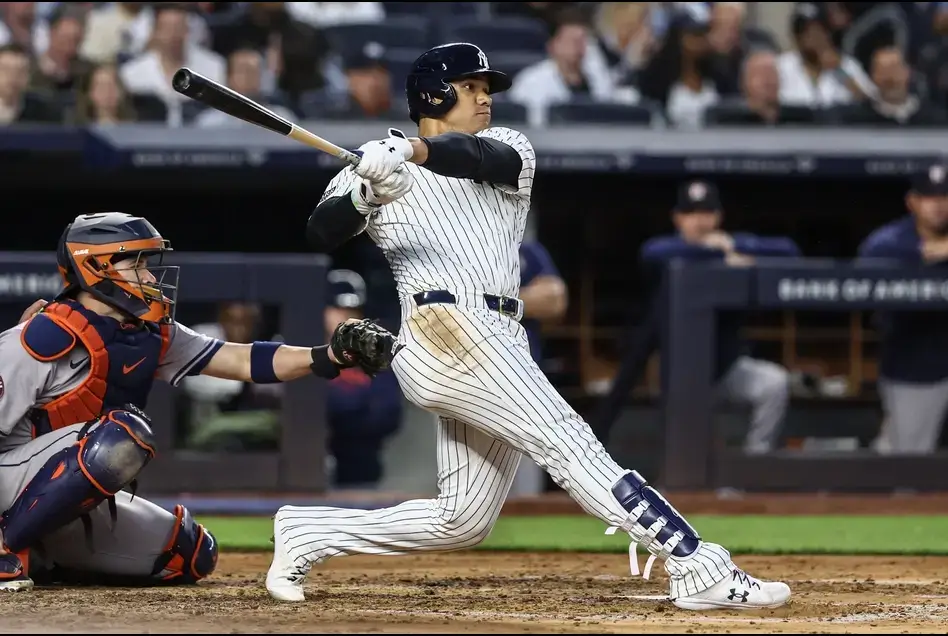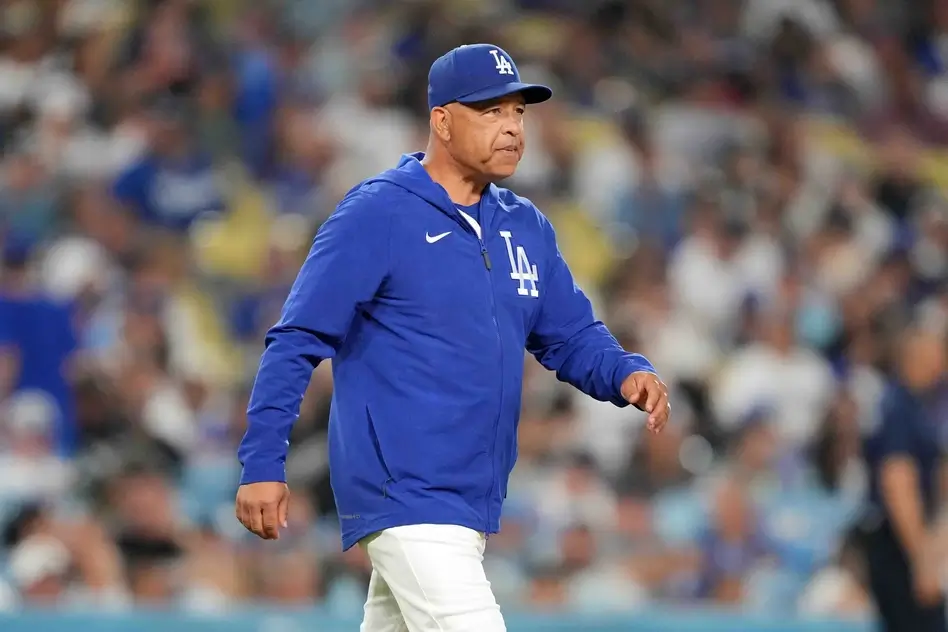With MLB experiencing its first work stoppage in over two and a half decades, there’s no better time than now to look at MLB lockout history.
Unfortunately, this is just the latest edition of baseball work stoppage history. This isn’t the first work stoppage and it probably won’t be the last.
To better understand the current lockout, it’s best to look at the causes of MLB lockouts of the past and the length of baseball work stoppages. Like anything else, knowing the past is the best way to predict the future. During the early ages of the current lockout, we have no other way of trying to predict how long this one will last or how it will end.
MLB lockout history
Of course, it’s no secret that the players’ union and the MLB owners don’t exactly have a good relationship. We’ve been down this road before, so let’s take a deeper look at MLB lockout history, including the causes of MLB lockouts and the length of baseball work stoppages like strikes and lockouts.
1972 Strike
It only lasted 13 days, but this was the first incident in baseball work stoppage history. It came about because the players had a three-year pension agreement that expired. The owners were fine with the matter being left to arbitration, but it was an important issue for the players, who went on strike on April 1 with a near-unanimous vote.
The owners eventually folded and went along with a proposal that the players made before going on strike. Even though the strike was settled after 13 days, 86 regular-season games had to be canceled without being made up. Some teams played a different number of games than others, which mattered in the AL East, as the Tigers won the division over the Red Sox by half a game. Both teams lost 70 games but the Tigers had one more win, giving them the division title in part thanks to the strike.
Read more: Explaining the MLB CBA
1973 Lockout
Less than a year after the players went on strike for the first time, the owners started the first lockout in league history.
The owners started the lockout on February 8, delaying the start of spring training because there was no CBA in place. By February 25, things were settled with a new CBA and the lockout ended without having to cancel any regular-season games. The CBA signed in 1973 was the first to establish salary arbitration, which has played an important role in baseball ever since.
1976 Lockout
Just three years later, the owners locked out the players for the second time, doing so on March 1, 1976.
The decision to lock out the players came about when an independent arbitrator ruled in favor of the players the previous December that granted players the right to free agency rather than being bound to one team until being traded or released.
During the lockout, an appeals court upheld that December ruling. Knowing that they were beaten, Commissioner Bowie Kuhn called for spring training to open, ending the lockout after 17 days. The season open as scheduled without a CBA, although a new deal was struck in July of that season, changing the game forever by making free agency a permanent fixture.
1980 Strike
This strike was short and sweet, lasting from April 1 to April 8. The players decided to strike with negotiations on a new CBA at an impasse.
After a week, the players agreed to end the strike after agreeing to continue negotiations with the owners during the season. That way, the start of the regular season didn’t have to be delayed. By May, the two sides had hammered out a new CBA, which kept the season going, although they also agreed to discuss free agency more the following offseason.
1981 Strike
The 1981 MLB season was infamously split into two halves because of a strike right in the middle of things that lasted from June 12 to July 31.
It was the first time that things between the union and the owners got so heated that a significant chunk of the regular season was interrupted. The issue at hand was how teams that lost players in free agency would be compensated for their loss, which remains a hot topic in negotiations today. When an agreement was reached, teams that lost a free agent would receive a combination of draft picks and players left unprotected in a league-wide pool.
Of course, draft-pick compensation remains in place today, although the union still sees it as a hindrance to free agency.
Meanwhile, the fact that 712 games had to be canceled and the season split into two halves remains a black cloud for baseball. At the end of the season, the division winners from each half played a single game to determine the division winner. Unfortunately, the Reds finished second in their division in both halves and missed the playoffs entirely despite having the best overall record in 1981. That’s a fact that still doesn’t sit well with baseball purists.
1985 Strike
This was only a two-day strike that last from August 6 to 7, but it had some long-term consequences.
The strike came about because the owners wanted to put a limit on the amount players could earn in salary arbitration.
There was also disagreement over pension contributions from the owners. Even though there were no games lost and the strike ended quickly, the owners would respond to the strike by colluding during the next three offseasons to limit the money spent in free agency. However, they would eventually get into legal trouble for that collusion and ended up having to pay over $400 million to the players in damages.
1990 Lockout
The collusion by the owners in response to the 1985 strike would also play a role in the 1990 lockout.
The owners were still upset when arbitrators ruled against them for manipulating the free-agent market.
There were also continued issues with both arbitration and free agency that the sides struggled to see eye-to-eye on.
The lockout went on for a month from February 15 to March 18, holding up spring training. During that time, commissioner Fay Vincent proposed ending the lockout if the players promise not to strike, although he made that announcement without the owners agreeing to it.
He was soon replaced by Bud Selig, who was an owner and started serving the interests of the owners in his role as commissioner. The silver lining is that the lockout ended in March and opening day was pushed back a week, so no regular-season games were lost.
1994-95 Strike
This is the strike that most people know about and the one that nearly ruined baseball forever. The 1994 season began under a labor agreement, although the owners continued to push for a salary cap, which is why the players went on strike on August 12. A month later, the World Series was canceled, sending the strike into overdrive.
Even a federal mediator couldn’t get the two sides on the same page. It took a complaint from the National Labor Relations Board and an injunction from Sonia Sotomayor (before she was named to the Supreme Court) to end the strike.
When all was said and done, the strike ended on March 31, 1995, and 928 regular-season games were lost across two seasons, as the 1995 season was shortened with teams only playing 144 games.
In the end, neither side won because the fans were essentially the losers, taking years to get over it. In many ways, it took the home-run crazy steroid era to get fans back on board. However, both sides appeared to have learned their lesson about the damage that in-season work stoppages can do to the game. But whether that continues to be the case with the current lockout remains to be seen.
[spreaker type=player resource=”show_id=3300147″ width=”100%” height=”200px” theme=”light” playlist=”false” playlist-continuous=”false” chapters-image=”true” episode-image-position=”right” hide-logo=”false” hide-likes=”false” hide-comments=”false” hide-sharing=”false” hide-download=”true”]


